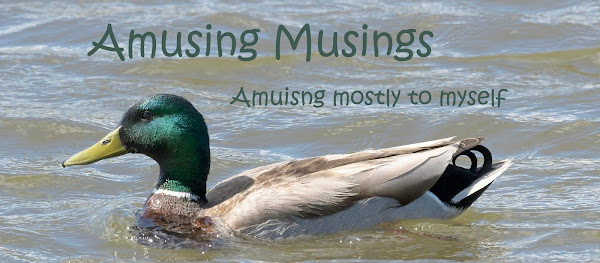The tiny, but mighty, town of Churchill, Manitoba, is located on the western shore of Hudson's Bay, about 500 miles south of the Arctic Circle. It is accessed by air, water, or train only - there literally are no roads to Churchill, even from near-by towns. Of which there are none. It is a unique inland deep-water port through which, historically, massive tons of produce, comprising 90% wheat from Canada's breadbasket provinces - Manitoba, Saskatchewan, and Alberta - is delivered by rail and shipped out: this in spite of the tightly limited season during which the Bay is ice-free, from July to early November. But it is with the ice that the greater world's fascination with Churchill really lies. Each winter this ice, due to quirks of geography and climate, forms first along Churchill's shores. And the polar bears (Ursus maritimus) that have been on land all summer congregate there, starting in October each year, waiting nervously for the Bay to freeze.
We are amply familiar with the annual cycles of grizzly and black bear life. This October, KLK and I had to re-learn what we thought we knew about bears. You might be thinking, as did we, "winter + ice + bears = hibernation" but the polar bear's year is radically different. The great white bears in fact spend the winter quite awake, feeding upon, in the case of Churchill's bears especially, ringed seals. Yes, we have all seen zoo polar bears playing in water, but it turns out they do it to keep cool in warm climates like Chicago, and because they're otherwise bored silly in captivity. They are fantastic swimmers, but they just can't nab an agile seal in open water. They wait on the ice, sometimes for many, many hours, near the seals' air-holes. When a hapless seal rises for a breath, the bear reaches down and grabs its head, hauling it onto the ice to gorge on its ample blubber. Or, if it's lucky and stealthy enough, it can sneak up on a seal basking on the icy surface.
Unlike that of its black and brown cousins, polar bear metabolism demands a diet of fat rather than protein.There's even nice symbiotic relationship with little white arctic foxes that follow them onto the ice, cleaning the proteinaceous meat off the bones when the bears are done with the fat. Nothing goes to waste, even in this time of surprising plenty.
When the pack ice melts and hunting is no longer possible, the bears come back onto land to spend the summer. Though they avail themselves of the rare beached seal and other carrion, a little vegetation, kelp washed onto shore, and garbage when they can get it, they functionally fast for four to five months. By the time they return to Churchill, they're thin, hungry, and mostly indolent in a state called "walking hibernation." This, it turns out, is the very best time to observe them.
Traveling with an organized tour was a first for us. We picked Natural Habitat Adventures (aka, NatHab), recommended by friends, and were well-pleased. In particular, our group leader, Sandra Elvin, was superior in every aspect of her job: she is a bear researcher, studying the impact of industrial development on the black bears of Newfoundland, but highly knowledgeable about non-ursine wildlife, geography and geology, climate, and local culture as well. She is especially skilled at graciously herding the cats that comprise 14-member tour groups in potentially dangerous environments.
Traveling with an organized tour was a first for us. We picked Natural Habitat Adventures (aka, NatHab), recommended by friends, and were well-pleased. In particular, our group leader, Sandra Elvin, was superior in every aspect of her job: she is a bear researcher, studying the impact of industrial development on the black bears of Newfoundland, but highly knowledgeable about non-ursine wildlife, geography and geology, climate, and local culture as well. She is especially skilled at graciously herding the cats that comprise 14-member tour groups in potentially dangerous environments.
 |
| Guide Sandra Elvin demonstrates the workings of a polar bear skull. |
 |
| NatHab's "Vegetable Van" was there to take us from the airport to our hotel. |
 |
| The Fort Garry |



No comments:
Post a Comment